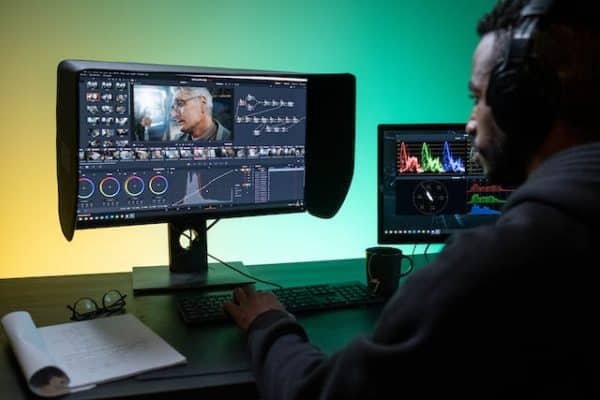Video translation has become increasingly more crucial in our interconnected and globalized world. With the upward thrust of on line streaming platforms and the accessibility of content material from one-of-a-kind cultures, the call for for amazing video translations is at the upward thrust. To meet this demand, professionals in the discipline are leveraging modern strategies and modern technology like AI video translator to ensure accurate and efficient video translation. Here are a number of the contemporary strategies and technology which might be transforming the video translation enterprise.

Computer-Assisted Translation (CAT) Tools
Computer-Assisted Translation (CAT) equipment have revolutionized the interpretation system. These tools offer translators with a suite of functionalities that streamline their paintings, improve consistency, and increase productivity. CAT tools, can keep translation recollections and terminology databases, which help maintain consistency throughout a couple of translation tasks. They also provide features like automatic first-class checks, actual-time collaboration with different translators, and machine translation integration, making the interpretation technique greater efficient and accurate.
Speech Recognition Technology
Speech popularity era performs a essential function in video translation, particularly for stay interpretations or subtitling. Using Automatic Speech Recognition (ASR) algorithms, speech reputation generation can convert spoken language into text, facilitating the translation system. Translators can use the transcribed text to provide correct subtitles or to make the important edits for a translated voice-over. This generation now not best saves time but also enhances the accuracy of the interpretation through decreasing the danger of misinterpretation.
Neural Machine Translation (NMT)
Neural Machine Translation (NMT) has significantly advanced the quality of translation in recent years. Unlike earlier statistical machine translation methods, NMT employs deep learning models to generate translations. NMT systems are trained on vast amounts of multilingual data and can produce more fluent and contextually accurate translations. Translators can utilize NMT as a helpful tool in order to speed up the initial translation process, although it still requires human intervention for fine-tuning and ensuring accuracy.
Cloud-Based Translation Platforms
Cloud-based translation platforms are becoming increasingly popular in the video translation industry. These platforms offer a centralized hub for translators, project managers, and clients to collaborate on video translation projects. Teams can access translation assets, such as translation memories, glossaries, and style guides, from anywhere in the world. Cloud-based platforms also facilitate seamless communication, version control, and efficient project management.
Video Editing and Subtitling Software
Video editing and subtitling software play a crucial role in the final stages of video translation. Such programs allow translators to accurately add subtitles, for example, to video japanese translation. These tools enable the adjustment of subtitle duration, synchronization with the audio, and formatting according to industry standards. Advanced features like scene detection and visual effects can enhance the viewer experience while maintaining the integrity of the translation.
Quality Assurance Tools
Quality Assurance (QA) tools play a vital role in ensuring the accuracy and consistency of video translations. QA tools can automatically check translations for spelling errors, punctuation, formatting inconsistencies, and adherence to style guides. They can also detect potential mistranslations or missing translations. The use of QA tools helps to reduce human errors and improve quality control in the final output.
Crowdsourcing and Online Collaboration
Crowdsourcing and online collaboration platforms enable translators to work together on video translation projects. These platforms allow professionals to share their expertise, collaborate on difficult translations, and peer-review each other’s work. Additionally, some platforms, provide crowdsourcing options where a community of translators can contribute to translating and subtitling videos, ensuring faster turnaround time and diverse linguistic insights. You can take a simpler route and hire a Spanish interpreter.
Conclusion
The field of video translation is rapidly evolving, thanks to modern methods and technologies. From computer-assisted translation tools and speech recognition technology to neural machine translation and cloud-based platforms, these innovations are revolutionizing the way videos are translated. The combination of these technologies with the expertise and creativity of human translators ensures accurate and high-quality video translations. As the demand for video content continues to grow, the evolution of modern methods and technologies in video translation will help bridge the language gap and connect audiences worldwide.
 Gearfuse Technology, Science, Culture & More
Gearfuse Technology, Science, Culture & More

